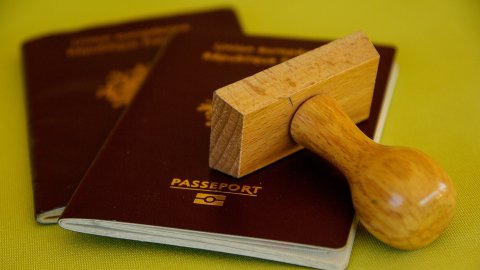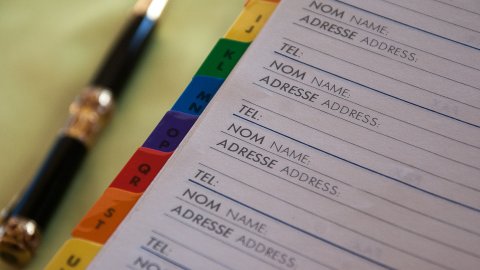Bringing together talks, workshops, hands-on activities and walking tours, the Oxford Maths Festival is an extravaganza of all the wonderful curiosities mathematics holds. Board games, sport, risk and the wisdom of crowds courtesy of Marcus du Sautoy are all on the menu.
Over two days you can immerse yourself in a wide range of events, with something for everyone, no matter what your age or prior mathematical experience.











